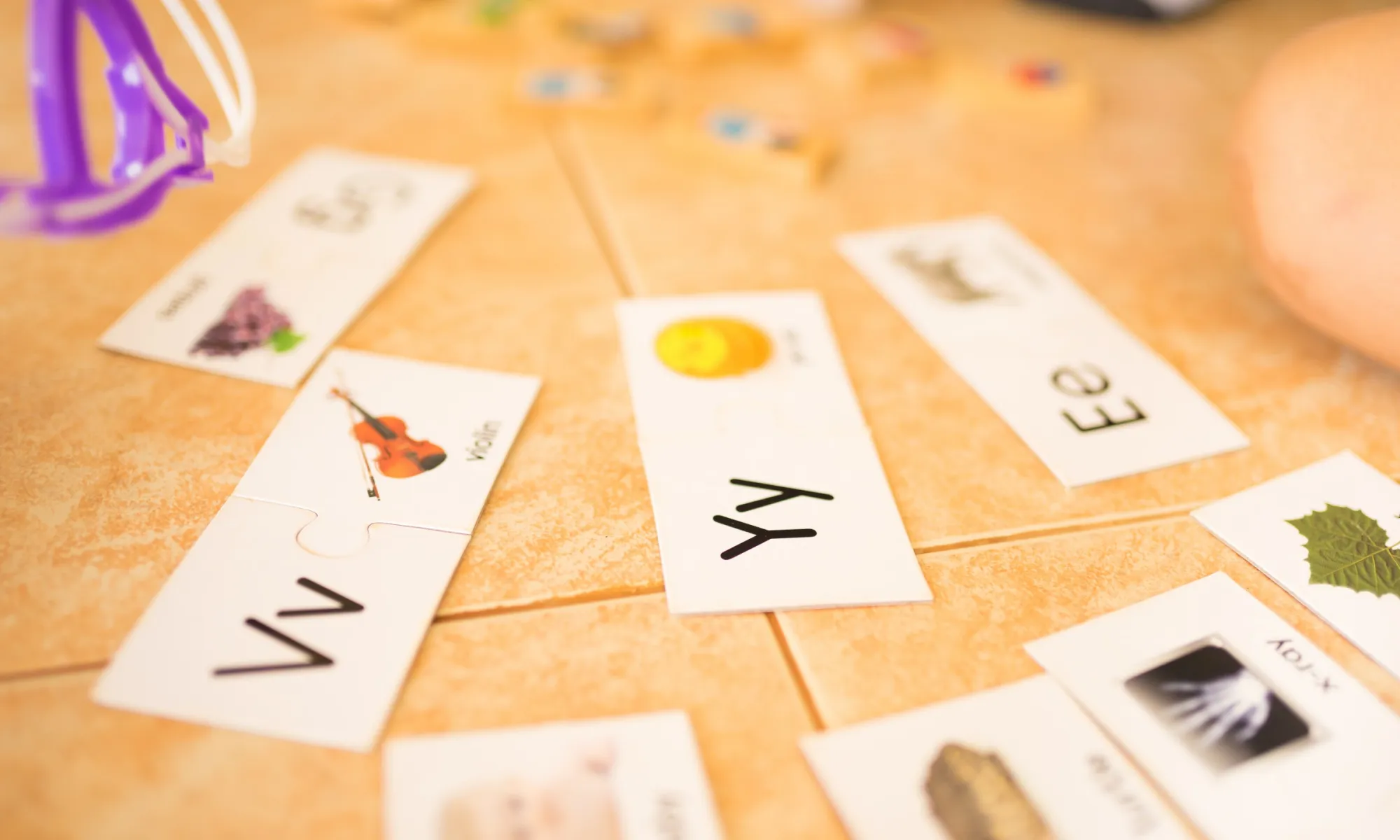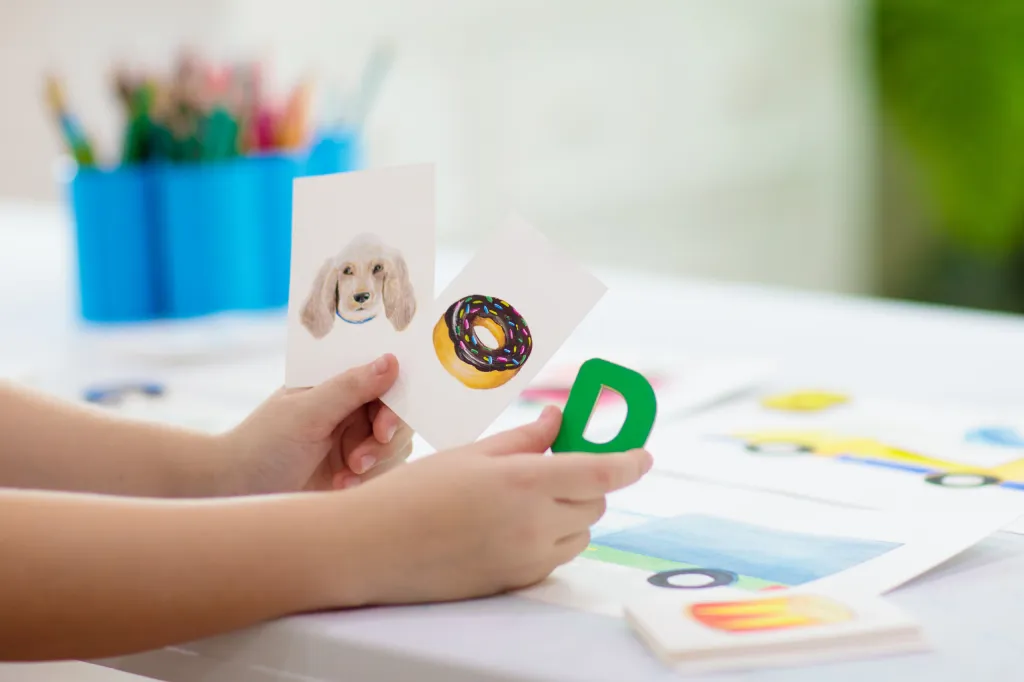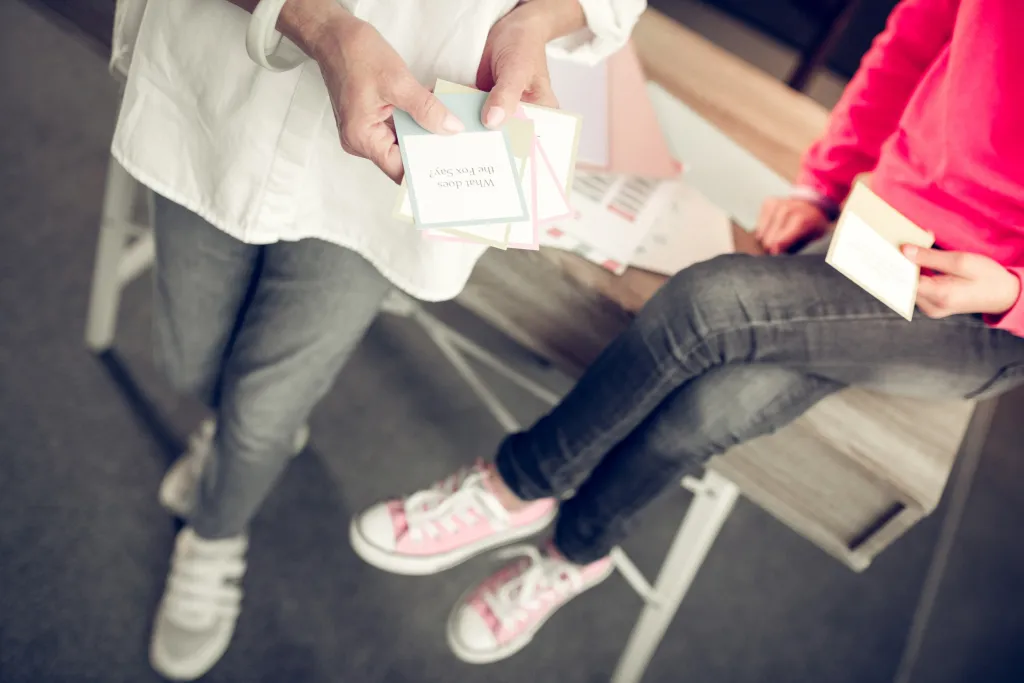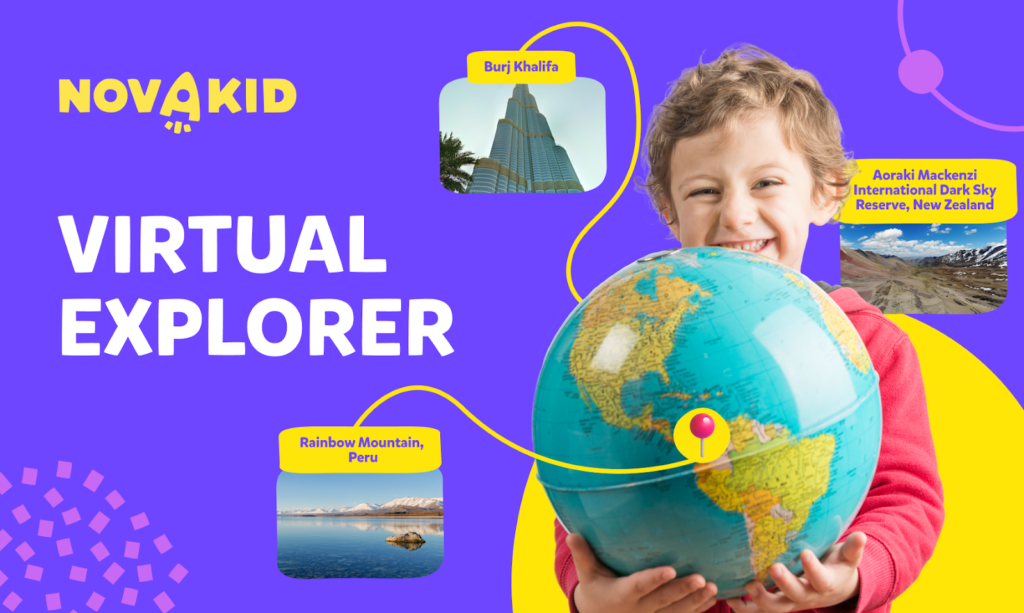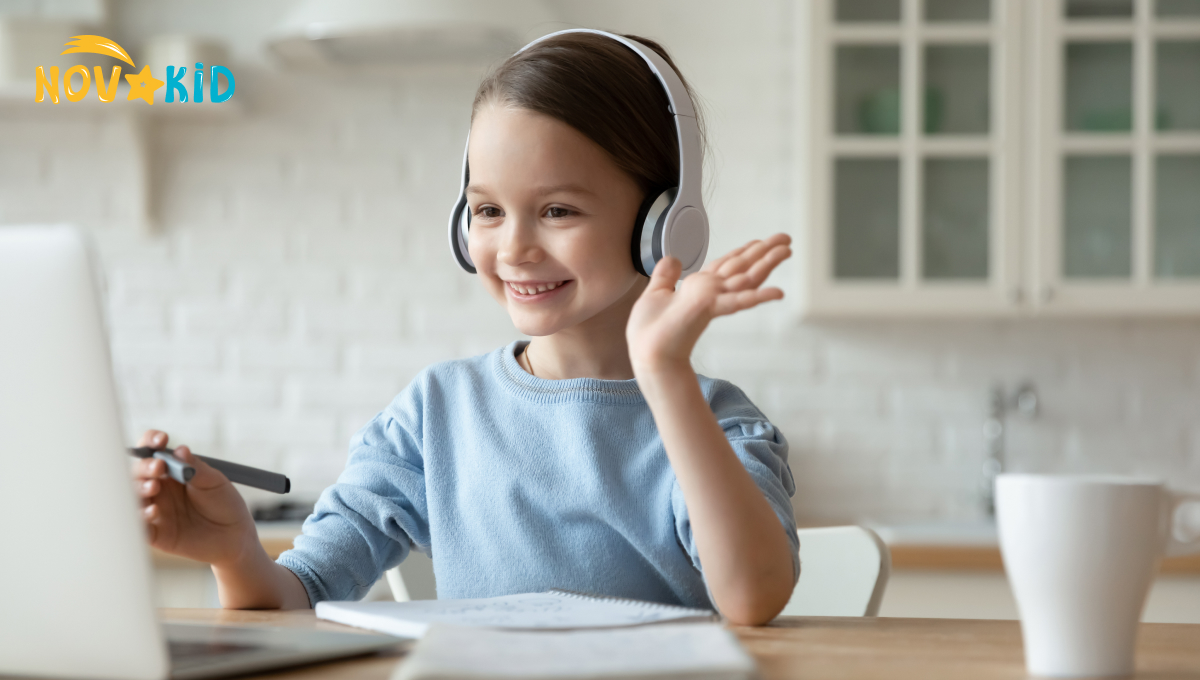Are flashcards effective? Best paper flashcards ideas and language flashcards apps
- What are flashcards?
- Learning from one deck of flashcards
- Learning from flashcards in a box with compartments
- Best language flashcard app recommendations
- So… Are flashcards effective? YES!
Many parents surely remember good old-fashioned flashcards from the time when they were in school themselves. No wonder, because this method has been eagerly used by students of all ages in the United Kingdom and around the world for many years.
Flashcards are usually small cards with words written in a foreign language on the one side and with the meaning of these words in English on the other side. However, this is just one of many examples of how you can study a foreign language with flashcards.
Find out what the newest, aesthetic flashcards look like and how to encourage your child to learn English regularly with them. Discover a variety of language flashcard apps, which often utilize audio flashcards.
Learn how to study with flashcards and understand why they are so effective. Help your kid succeed in memorizing new English vocabulary and phrases using flashcards. It can be fun and exciting. Study with flashcards now!
What are flashcards?
A flashcard is nothing more than a small card with a handwritten or printed phrase, word, historical date, or question on the obverse and a definition, translation, explanation, or answer on the reverse side. You can use pictures instead of words – this will make the cards more attractive to younger children.
Paper and digital flashcards are successfully used by students all over the world as effective self-learning tools. The working principle of flashcards is extremely simple. This method is based on the systematic organization of knowledge, which significantly distinguishes it from the usual, tedious memorization of concepts from a list, textbook, or notes.
Flashcards with audio, which often appear in online English learning applications, support both memorization of new vocabulary and pronunciation.
Language learning with flashcards - who will benefit the most from this method?
Flashcards are a perfect solution, especially for children who do not like to spend too much time studying, are constantly on the move, have many extracurricular activities, or are simply not motivated to spend long hours studying from books.
Furthermore, language flashcards are excellent for visual learners and tactile learners. Paper flashcards can be colorful, full of pictures, and nicely tucked in a box, in which your kid can manually organize them. Auditory learners will benefit the most from audio flashcards, available in many online applications for studying English.
Learning a foreign language with flashcards is a time saver. Your kid can engage themselves with this fun activity anywhere and anytime. Flashcards are easy to carry around and can be used during short breaks between lessons at school, in the car, bus, or train, or even in bed before sleeping.
Moreover, flashcards can be used in any age group. Both elementary and high school students will benefit from them. Flashcards are therefore an extremely versatile tool that helps the child remember more and more new concepts incidentally, without even being aware of it.
Learning from flashcards can also be turned into a great opportunity to have fun and play flashcard games together, as a whole family. Try performing a family knowledge quiz at home with the use of digital or paper flashcards and voilà! Your kids will love learning new things during engaging playtime.
Flashcards learning methods ideas
Studying from flashcards is a much more dynamic and engaging activity than ordinary cramming words and phrases from a list. Luckily, there is no one correct method for using flashcards. In fact, once you have your memo cards ready, and you know how to organize flashcards in a box or a pile, all options are allowed.
You can learn from flashcards alone in silence or by reading the contents aloud in a group, for example, by organizing a knowledge quiz (don’t forget about prizes for the winners!). The ready-made set of flashcards to learn can be left in the form of one deck, divided into several piles, or placed in a special box with compartments.
Learning from one deck of flashcards
The easiest way to learn from flashcards is to place one deck of cards on a table or the ground and pick up and discover the words one by one. If you give the correct answer, for example to the word: “a cat”, you will answer “a cat”, which is the same as on the back of the card, you put the card at the bottom of the stack and pick up the next one from the top.
If, however, you say, for example: “a badger” and you think of a squirrel, and you find out that “a badger” is “a badger”, not a squirrel, then you put that card somewhere in the middle of your stack. This way, before you complete the whole repetition turn, you will draw the words that were difficult again.
The mere necessity of shuffling and flipping flashcards introduces a bit of dynamics to the learning process and is more exciting than the monotonous study of a long list of concepts.
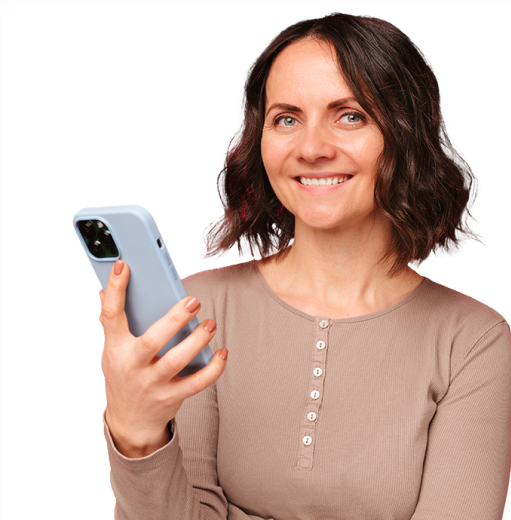
Learning from flashcards in a box with compartments
Another example of flashcard usage requires dividing ready-made cards with concepts into piles, placing them in separate boxes, or putting them in a special box with compartments.
If you have a box with three compartments, first place all the cards in the first compartment. During systematic learning and repetition, you will surely come across terms that are easier and others that are more difficult to remember, so you should separate the phrases that you have already mastered from those that are still difficult.
Therefore, in the first compartment, there should be flashcards repeated every day, in the second compartment – flashcards repeated every other day, and in the third compartment – flashcards repeated every four days, etc.
If, after a repetition, you are able to give the correct answer to the phrase written on the flashcard, then the card goes to the next compartment. If you don’t know the answer, or it turns out to be incorrect, then the flashcard goes to the previous compartment.
Students learning from flashcards in this way should strive to ensure that finally all the flashcards are mastered and put in the highest compartment. Watching your progress and systematically striving to achieve your goals is very motivating for students using this method.
Best language flashcard app recommendations
Since everything around us is becoming more digital, flashcards for studying English are now often available online or in mobile apps. They are even easier to carry around absolutely everywhere and can be used anytime. All you need to benefit from learning from flashcard apps is right in front of you, on your smartphone.
There are plenty of language learning apps available on the Internet. Some of the best choices would be:
- Quizlet (you can choose from flashcard lists made by other users or make your own).
- AnkiApp (allows users to make flashcards with text, sound and images).
- Memrise (uses the quiz-like setup, testing your knowledge of a word by quizzing you on it).
- Novakid Online English courses for kids (teaching methods based on gamification, including flashcards).
- Flashcards with cram (it automatically hides words you’ve already learned, so you can focus on new words).
- Word Power Lite (helps to quickly learn the 100 most common US English words).
So… Are flashcards effective? YES!
There are many advantages proving that learning from flashcards is the most effective and efficient method of learning phrases and words in a foreign language. The flashcard studying method also helps with understanding grammar rules, as well as historical or geographic concepts.
Firstly, when learning from flashcards, the child does not remember the order of words, as it is when learning a poem by heart, and permanently learns expressions that later can be easily used when talking in a foreign language.
An additional advantage of paper flashcards is that their preparation itself is time-consuming and requires intense thinking. By writing certain phrases and concepts onto flashcards, the child’s brain remembers the words immediately at the stage of creating teaching aids.
Later, when the child begins to learn from the self-prepared flashcards, it turns out that some concepts are already familiar, “has already been seen somewhere” and it is easier to remember them.
Learning from flashcards is a great solution, especially for visual and tactile learners who remember best through visual and physical stimuli. In addition, flashcards allow for quick repetition of a specific batch of material and efficient use of free time. Flashcards are an interesting and engaging form of learning that should interest students of all ages and make them feel like they are in a game show.
So, are you likely to introduce the flashcard learning method to your children? What are your favorite hacks for studying English grammar and vocabulary with flashcards? Let us know in the comments section below.
Did you like the article?






























